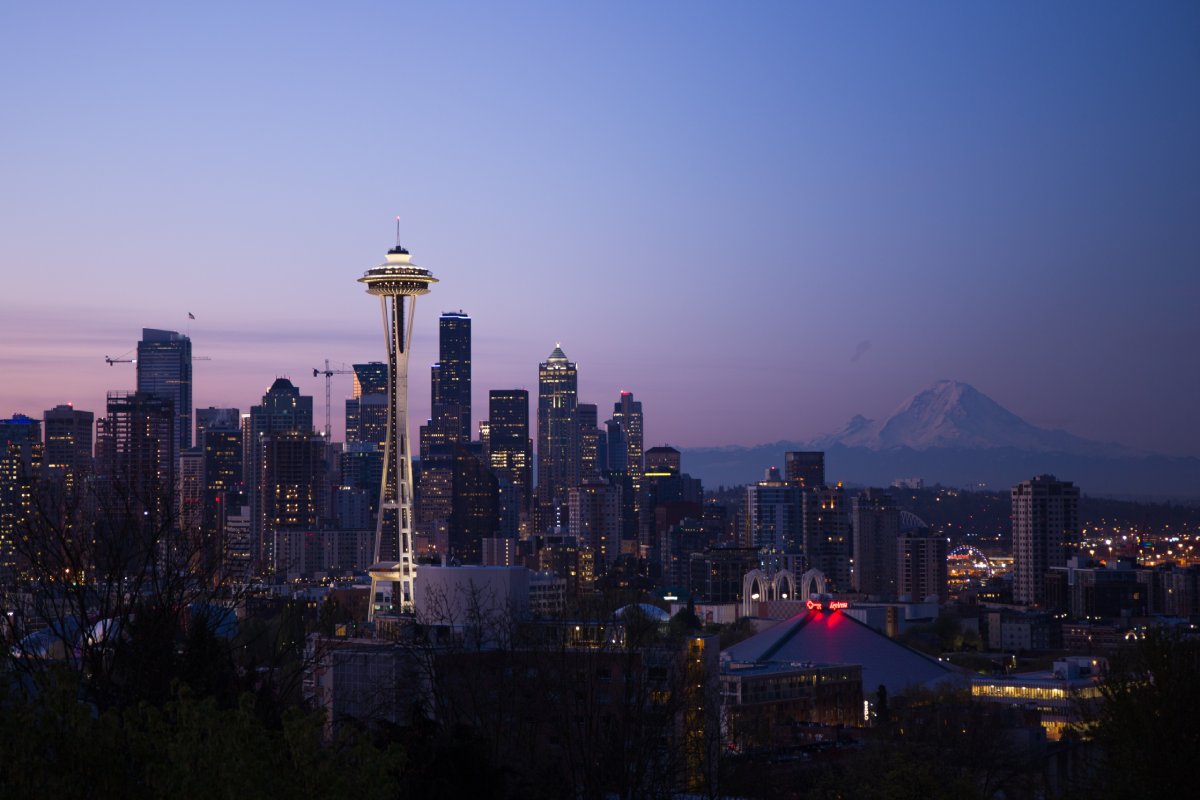Skift Take
Seattle is another major U.S. city trying to save its downtown with tourism.
Seattle will receive $5 million in funding next year to bring in more conventions to boost downtown tourism.
“We are focused on more aggressive marketing and where we really needed that bump was on the convention sales side,” said Visit Seattle CEO and President Tammy Blount-Canavan.
On October 4, Seattle Mayor Bruce Harrell signed legislation that modified the hotel assessment fee, which goes toward Visit Seattle’s marketing. Starting in January, guests will pay 2.3% of the room rate, instead of a flat $4. That will lift Visit Seattle’s current $18 million in hotel assessment funds by about $5 million next year. Visit Seattle’s budget will total $40 million next year.
This isn’t the first time Visit Seattle has gotten a funding boost. In March last year, the mayor signed legislation that raised the rate from $2 to $4.
A big focus of the new law will be the Seattle Convention Center’s $2 billion Summit building, which opened in February. The Summit is expected to bring an additional $260 million in visitor spending.
The marketing cash comes as Seattle deals with a slow post-pandemic recovery. Downtown hotel occupancy last year stood at 65%, down from 80% in 2019. A big reason is the sluggish return of business travel and the city’s top overseas market, China, is “not even close to recovering to 2019 levels,” said Blount-Canavan.
Seattle Tourism’s Impact on the Local Economy
Tourism contributes $8 billion in spending to Seattle. The city also wants to address crime and public safety, and support retail businesses.
“When there are convention-goers, the streets are activated,” said Blount-Canavan. “There’s a lot more vibrancy that supports all of the small businesses that are part of downtown, the restaurants, the stores, the shops, the transit, the sightseeing, the attractions, all of the above.”
Like Los Angeles, Portland, San Francisco and other major cities, Seattle is contending with large numbers of vacant offices and the loss of commuter spending and foot traffic. Vacancy in the city’s downtown stood at 24% in third quarter, according to Cushman & Wakfield. Seattle’s major downtown employers like Amazon, Nordstrom and Costco have struggled to bring employees back into the office or have scaled back their workforces, said Blount-Canavan.
Seattle isn’t the only city investing in tourism to save its downtown. In December, Washington D.C.’s city council raised its hotel tax to inject over $18 million into Destination DC’s budget in part to fill the spending gaps left by federal employees opting to work hybrid or remote. The funds are going toward Destination DC’s upcoming $20 million global marketing campaign.
In the years ahead, more cities will have to lean on their travel industry to remain economically viable because hybrid and remote work isn’t going anywhere, said U.S. Travel Association CEO and President Geoff Freeman at the Skift Global Forum in September.
“Getting the traveler into these markets is more important in ’24 and ’25 and beyond than it ever was before,” he said.
This story has been updated to correct the hotel assessment rate and the amount of Visit Seattle’s total budget.
The Daily Newsletter
Our daily coverage of the global travel industry. Written by editors and analysts from across Skift’s brands.
Have a confidential tip for Skift? Get in touch
Tags: business travel, seattle, taxes, tourism

